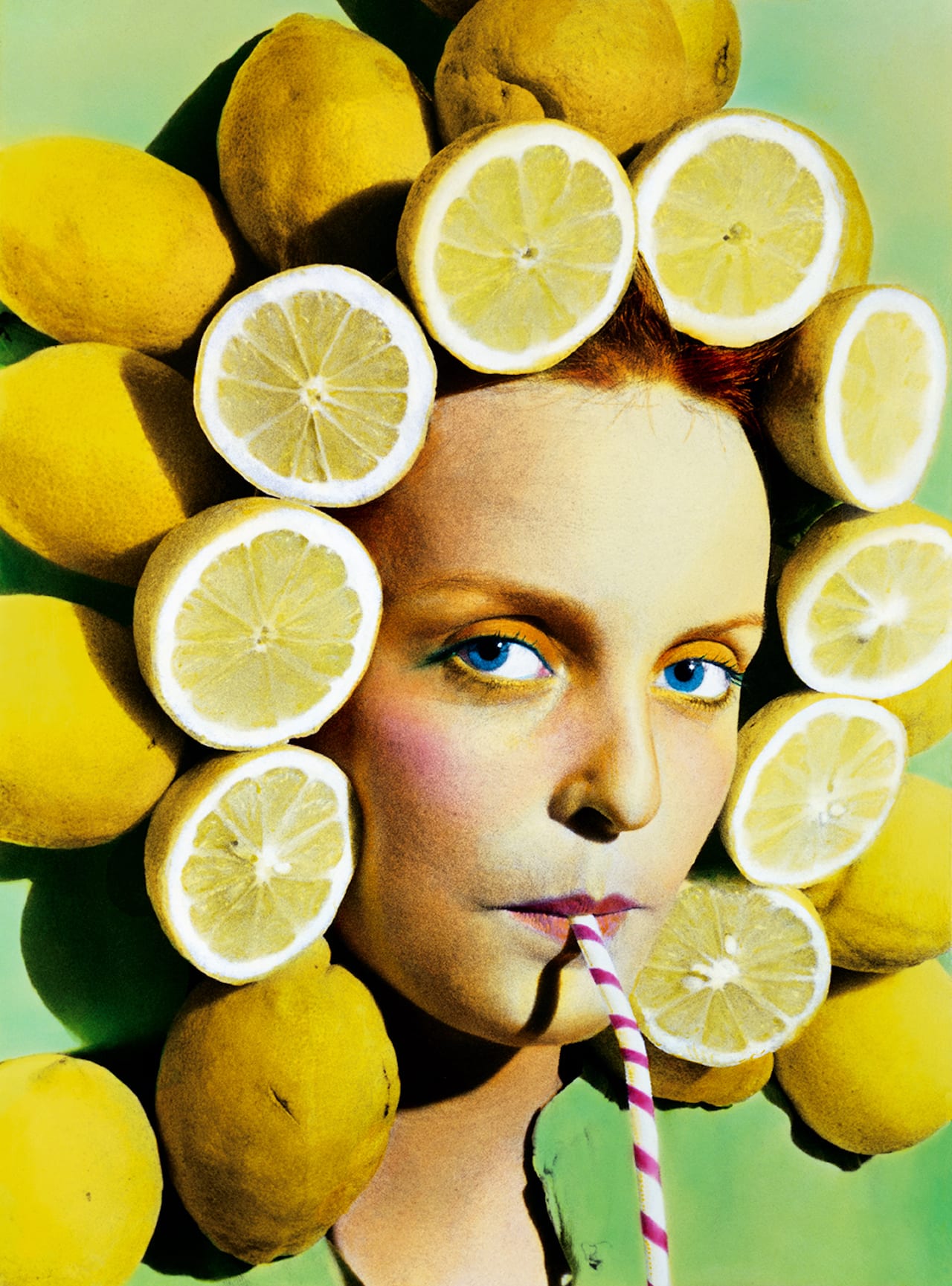Q&A: Mathilde Vaveau on ESSARTER Editions’ Red Utopia trilogy
“We chose the topic of political utopias because we wanted to think about some kind of hope in this world,” says photographer and publisher Mathilde Vaveau. Based in Paris and Bristol, ESSARTER Éditions is a “photo-documentary publishing house”. Founded by Vaveau and the graphic designer Lou Reichling, it aims to “gather around common interests – the book, photography and documentary”. Including work by ten photographers drawn from across Europe and the former USSR, Red Utopias and considers the Soviet Union and its legacy from a variety of perspectives.
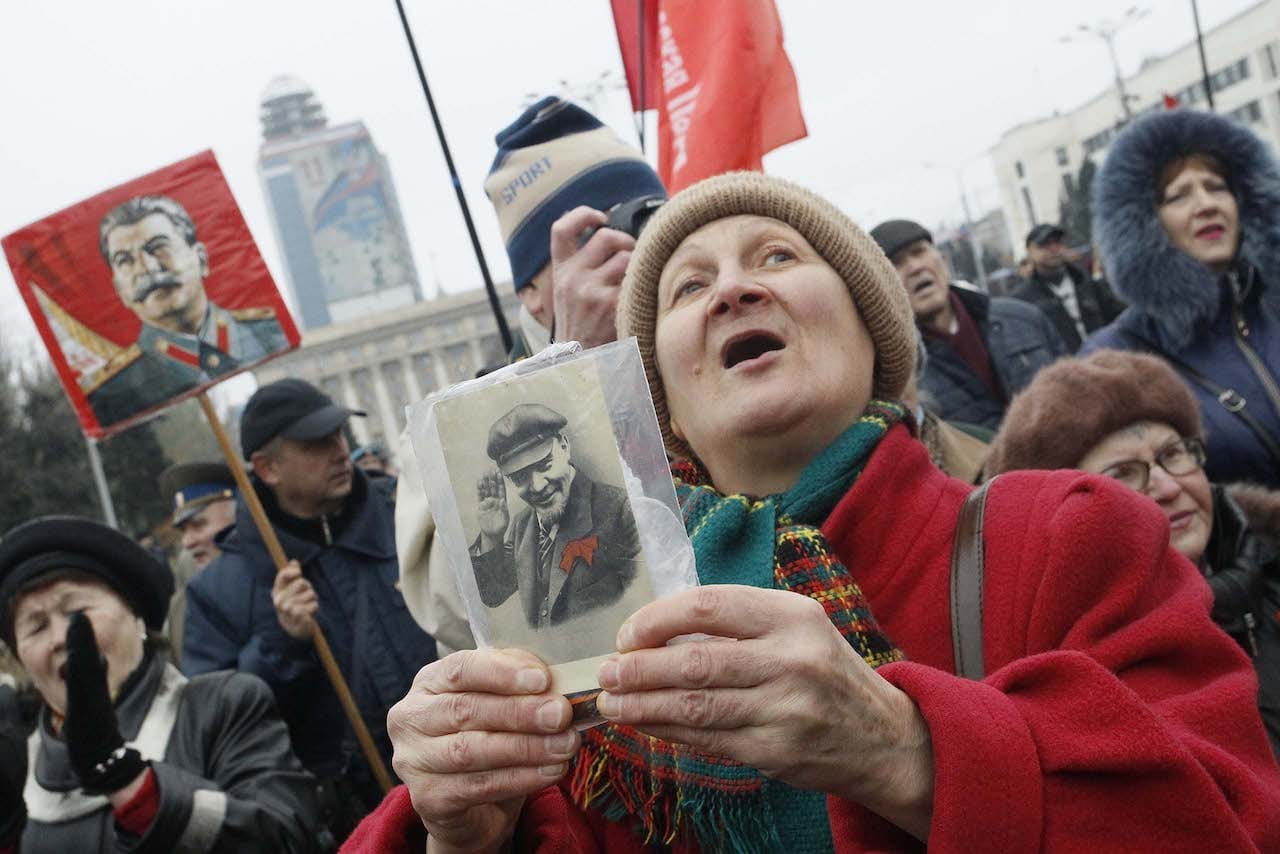
Arctic: New Frontier – two photojournalists on the starting effects of climate change
The Arctic Circle is warming twice as fast as the rest of the world. According to the National Oceanic and Atmospheric Administration, for the past five years Arctic air temperatures have exceeded all records since 1900. If temperatures continue to rise, scientists expect that the North Pole will be ice-free in summer by 2040. Yuri Kozyrev and Kadir van Lohuizen travelled through 15,000km of the Arctic Circle, investigating the startling effects of climate change on the land and its indigenous communities.
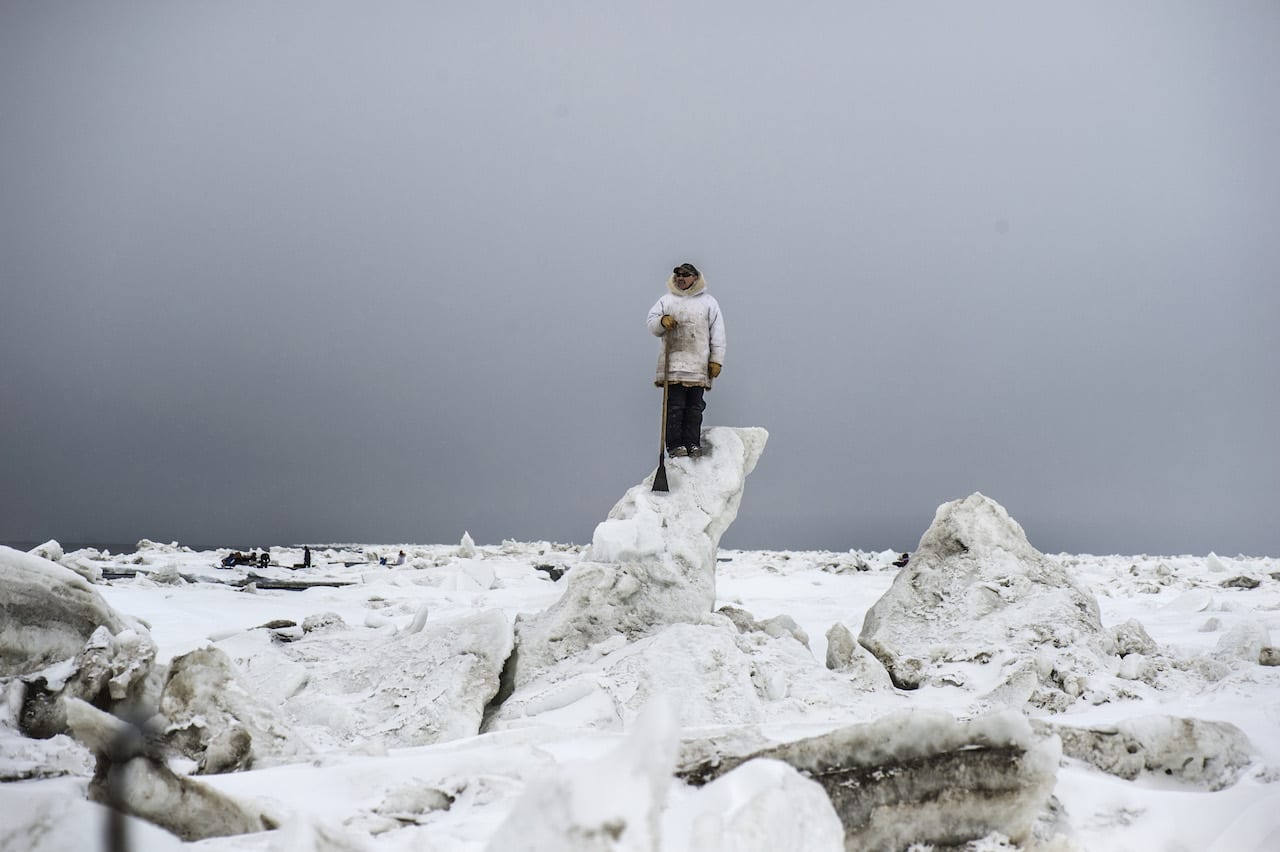
80 years after the Retirada, Paul Senn
In 1939, Spanish refugees started to flee the country’s bitter civil war, in a movement that’s become known as the Retirada [the ‘withdrawal’]. More than 450,000 men, women, and children crossed the border into France in February 1939 alone, following the fall of the Second Spanish Republic and the victory of General Franco. France, anticipating the mass migration, had started to make provisions for the refugees but underestimated the sheer numbers. Many ended up on the beaches in makeshift accommodation, and by 1940 some 50,000 had ended up in a series of camps. Diseases such as dysentery were rife, and the mortality rate high. Swiss photojournalist Paul Senn photographed their plight.
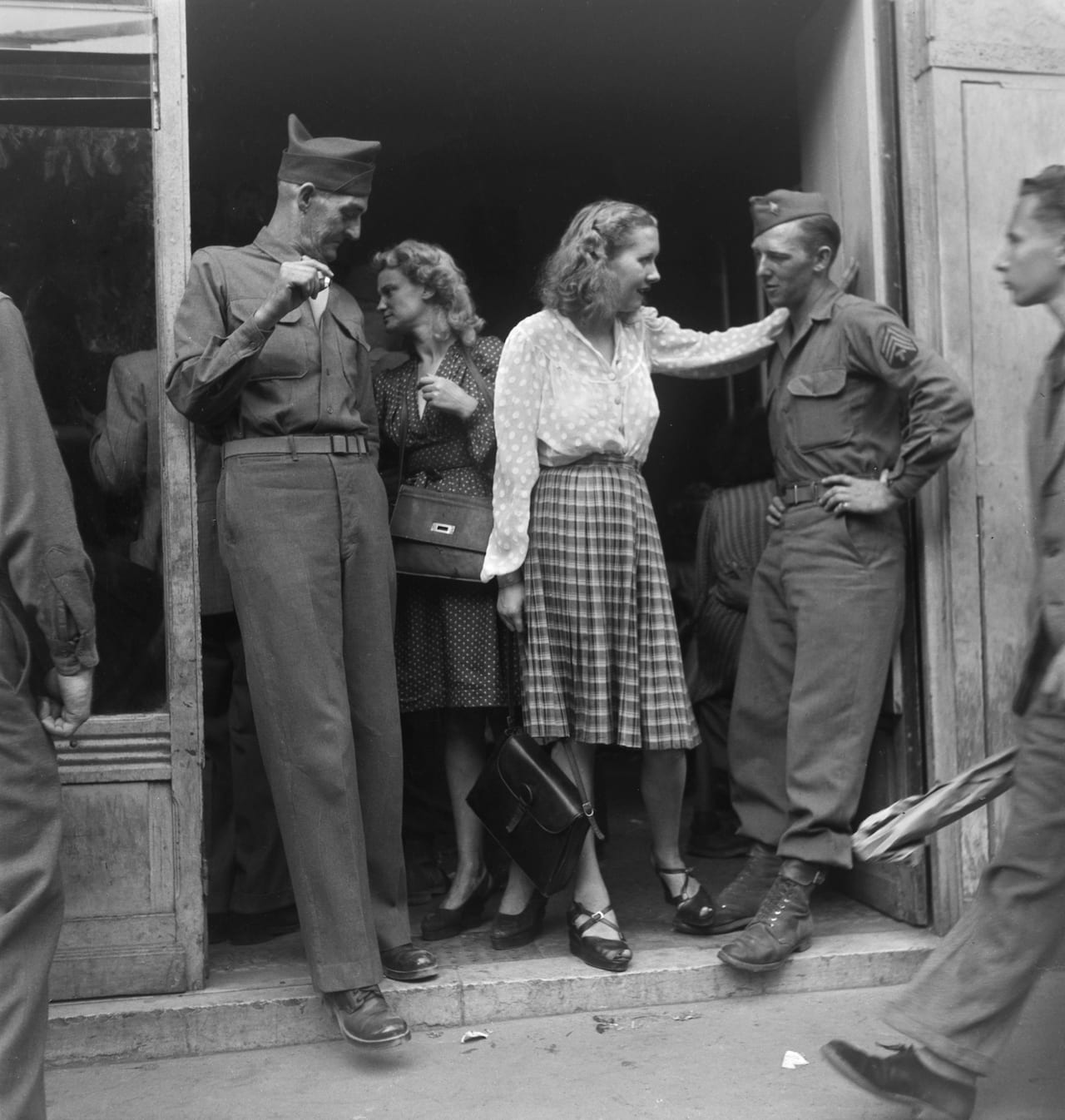
Q&A: Karol Palka on shooting the Edifice of Soviet power
Born in 1991, Polish photographer Karol Palka has studied at the Krzysztof Kieslowski Film Department in Katowice University, and the Wajda School in Warsaw. His work has been recognised in awards such as PDN Photo Annual 2016, and published in titles such as GUP Magazine and The Calvert Journal. His series Edifice documents communist-era buildings in Poland and neighbouring Eastern Bloc countries. It includes shots of the Polana Hotel, once owned by the Communist Party of Czechoslovakia, and the former office building for the management of the Nowa Huta Steelworks, which was once visited by Nikita Khrushchev and Fidel Castro.
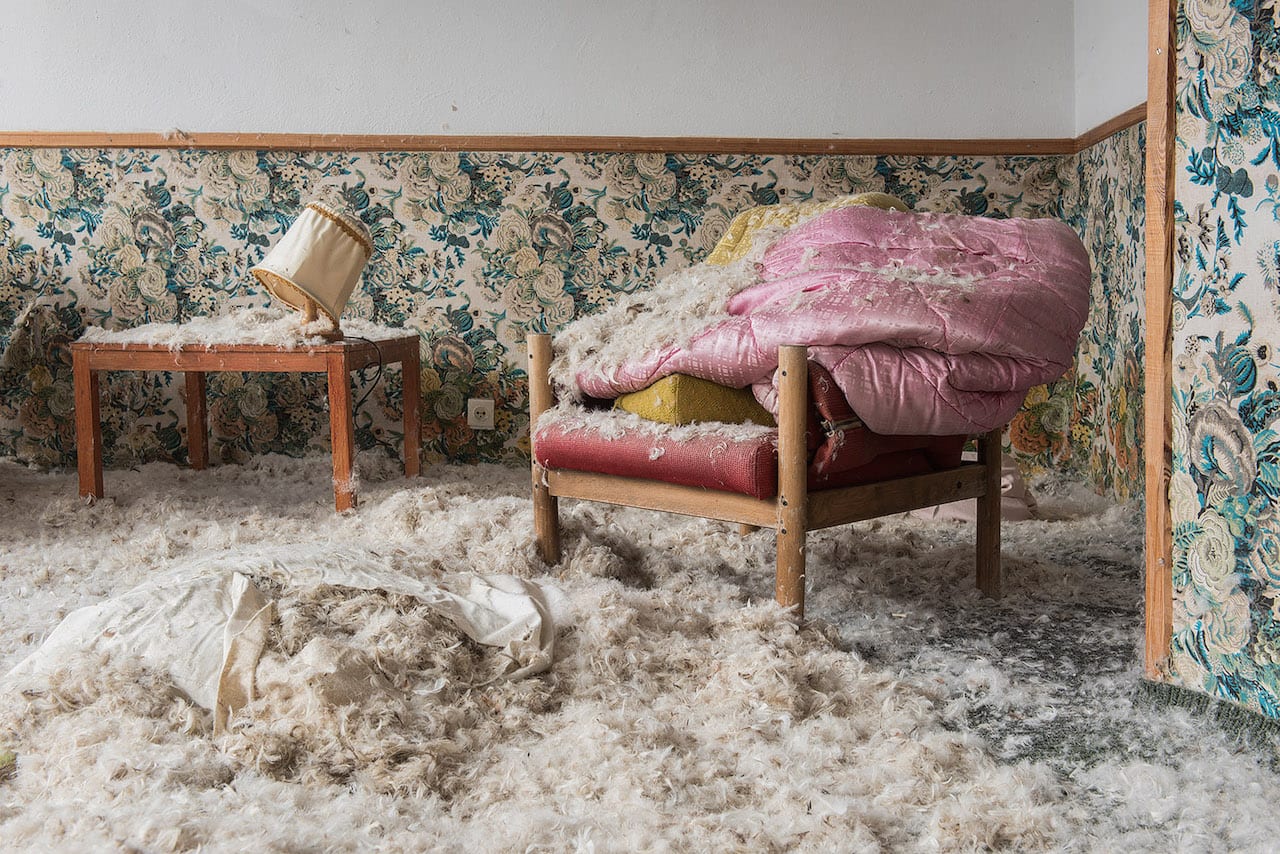
Interview with World Press Photo of the Year nominee Brent Stirton
“It’s about the empowerment of rural African women, as much as it’s about conservation,” says Brent Stirton, about his nominated image of Petronella Chigumbura, a member of an all-female anti-poaching unit in Zimbabwe. Petronella is a member of Akashinga, an all-female anti-poaching unit that operates in Zimbabwe’s Lower Zambezi. In Shona – the native language of Zimbabwe – Akashinga means the brave ones. Many of the members have survived sexual violence and domestic abuse but, recruited by the International Anti-Poaching Foundation (IAPF), they train rigorously to fight trophy hunting. We speak to Stirton about his nominated image and career in conservation.
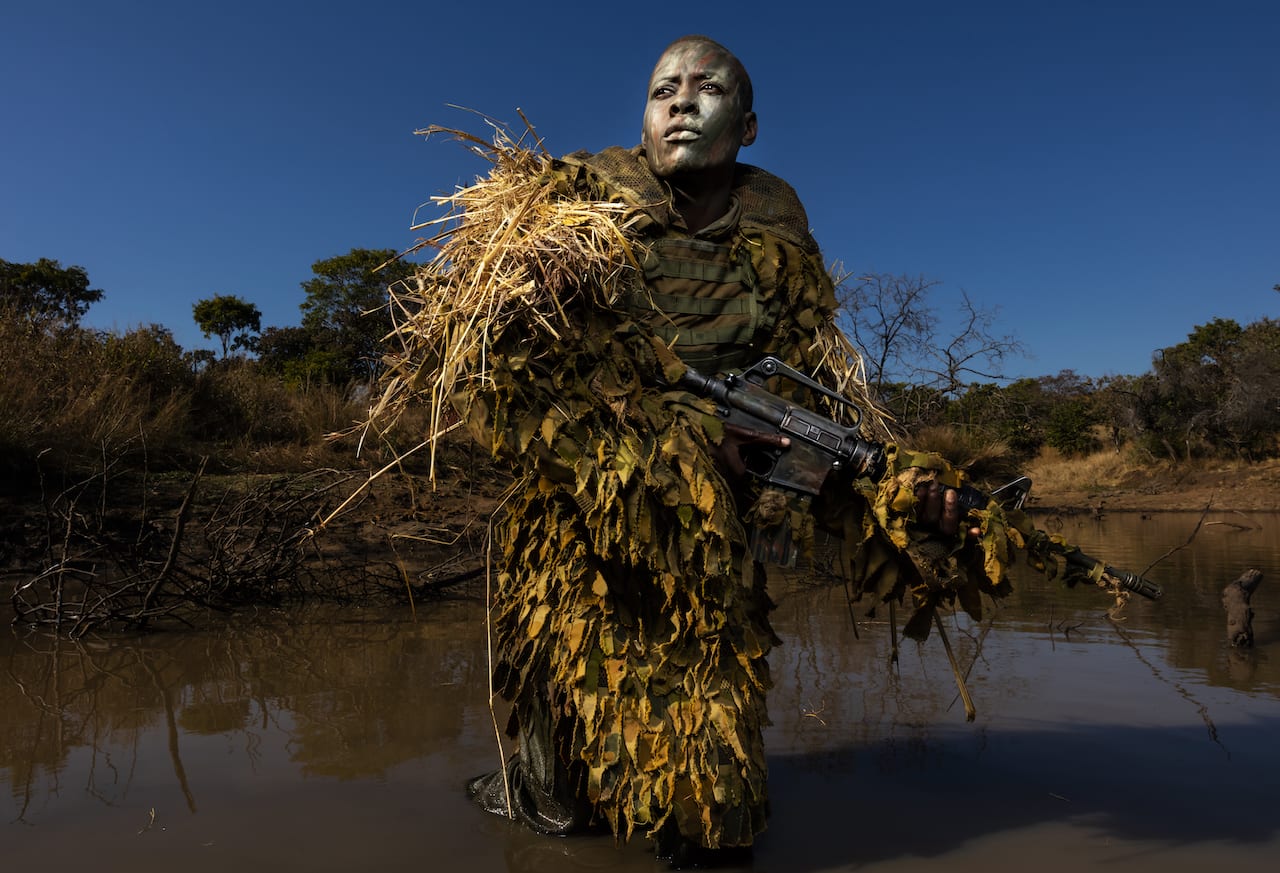
50 years of Arles: Les Rencontres d’Arles 2019 programme
50 years ago, photographer Lucien Clergue, writer Michel Tournier and historian Jean-Maurice Rouquette put together the first edition of Les Rencontres d’Arles in the city’s town hall. They had three exhibitions – a group show tracing the history of photography, and solo shows by Gjon Mili and Edward Weston. Now it’s the largest and most prestigious photography festival in the world, and this summer, they celebrate 50 years with 50 exhibitions, looking back on their history and heritage, as well as championing cutting-edge photography and emerging talent.
